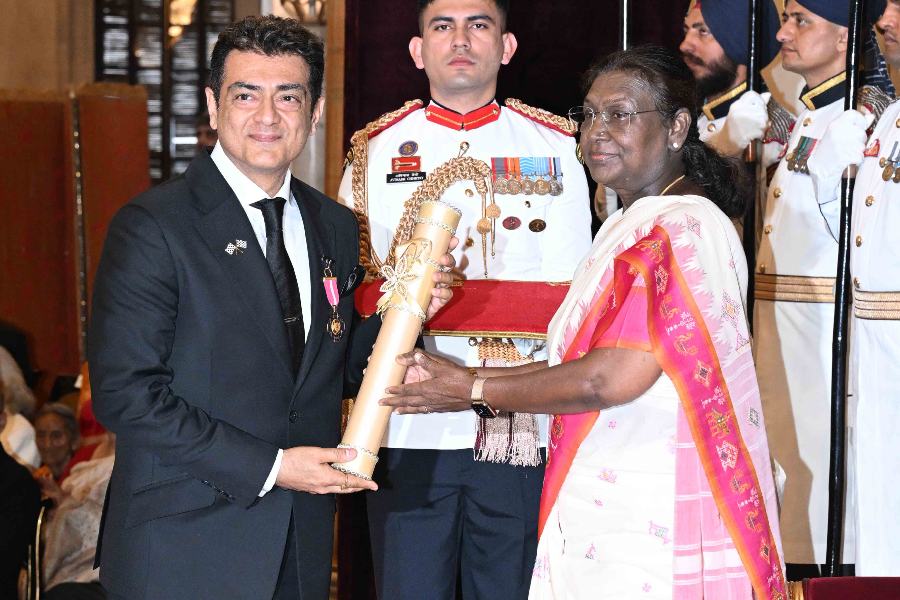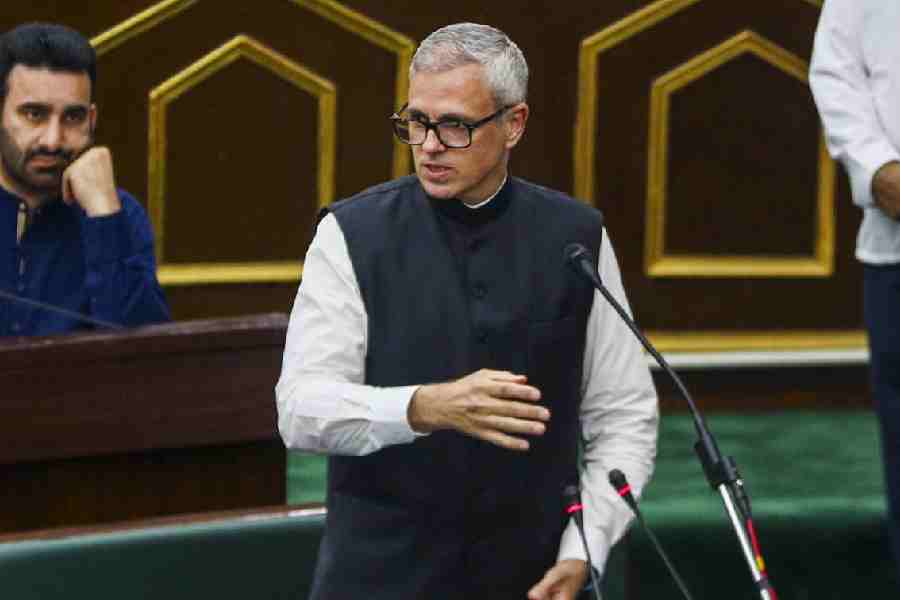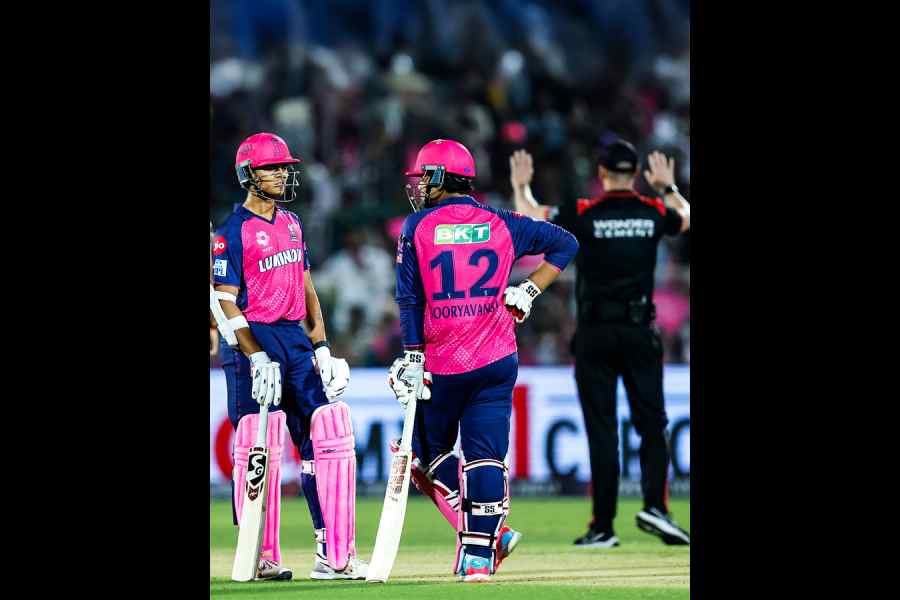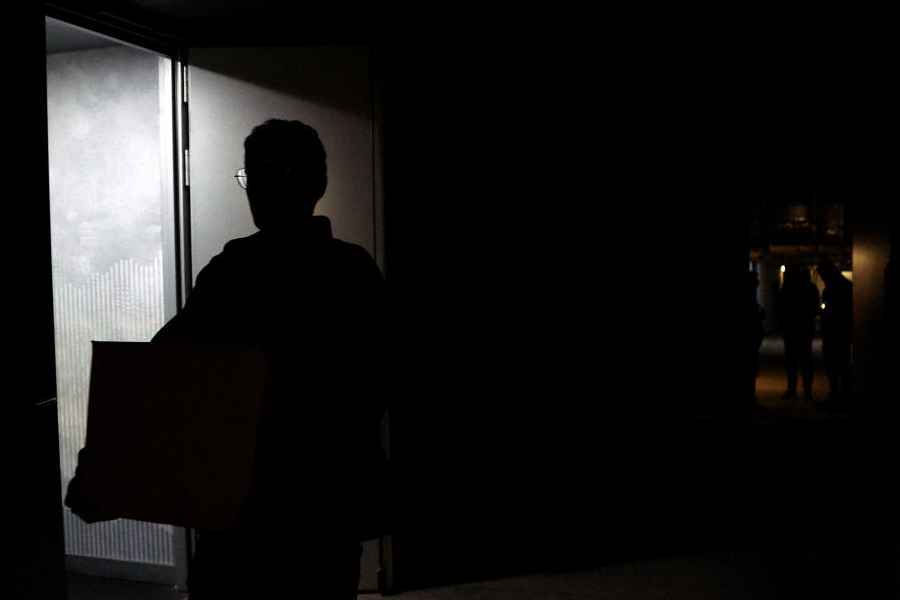Cuttack, March 7: Anindita Panda, a 33-year-old home-maker, took to research after her son had difficulties in practising alphabets while he was a kid.
The resultant was a grooved alphabet slate that made learning easy for toddlers.
"When I began to teach my son, it was very difficult for him to grab the letters. His hands were not firm enough to hold on to the slate and I had to sit with him the entire time to make sure that he was going the right way. It was very strenuous for me as I had to mange my household and my kid's education simultaneously," said Anindita.
She began her survey and consulted other people in her locality in Cuttack and found out that they too faced similar problems.
"I also visited a number of anganwadi centres here to take feedback from the teachers. Most of them said a plain slate was not helpful in bettering the handwriting of the kids. Also, they did not want to let go of slate as they were cost-friendly and most of the local schools here don't have smart classes or advanced study materials," she said.
Thereafter, Anindita came upon with the idea of perforating on the surface in the shape of the alphabets. "I asked my husband to take me to a carpenter. I gave him instructions, and accordingly, the piercing was made. I made my son use it and it turned out to be very helpful," added the native of Balangir district.
Gradually, local kids in the area began to use her slates. "Now, I make the grooving by myself. I am trying to make a number of innovations in it by introducing cursive writing and Odia vocabulary," affirmed the innovator.

She aims to turn into an entrepreneur soon by launching the product in the market. "I will keep the cost of the slate very minimal, so that it remains affordable for all. I hope this will make childhood learning an easy affair both for the kids and their parents and teachers," summed up Anindita.
Similarly, Subhasmita Swain, a physics student, after the death of her brother developed a macroporous patch to reduce blood flow for trauma patients.
Bio-patches of band type have been widely used in various medical areas for years.
"My brother passed away in an accident. There was heavy blood loss and we were helpless. I had similar experiences with a number of my acquaintances. The situations had a huge impact on me," said Subhasmita, who recently got her PhD in the field of biomaterial science.
She has developed a chitosan patch by mixing it with turmeric that will not control blood flow but will also dissolve on the skin. "It takes around 10 to 12 hours to prepare the patch. I had to make an umber of trials to make sure that it does not have any side effects on the body. After about trying for over six months, it finally happened," said the MSc graduate from NIT, Rourkela.
"For girls who have ideas but does not have academic backup it is very difficult for them to go ahead. I feel materials and laboratories should be made available for free," she said.
This year, both Anindita and Subhasmita received the Odisha Youth Innovation Award given by the state government.
"Any products, services, prototypes or technologies that are new or having significant technical advantage or change as well as provide enhancement in measurable economic value and covered specific areas were chosen for the award. Also, any new idea that had potential commercial value leading to development of an enterprise or replicability for larger public good were also included," said MSME secretary L.N. Gupta.
The ideas were judged by a selection committee consisting of experts from various fields, including representatives from the Union ministry of science and technology, director of industries, Odisha, and members from intellectual property office among others.











